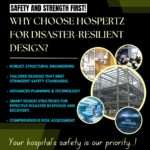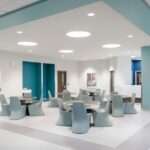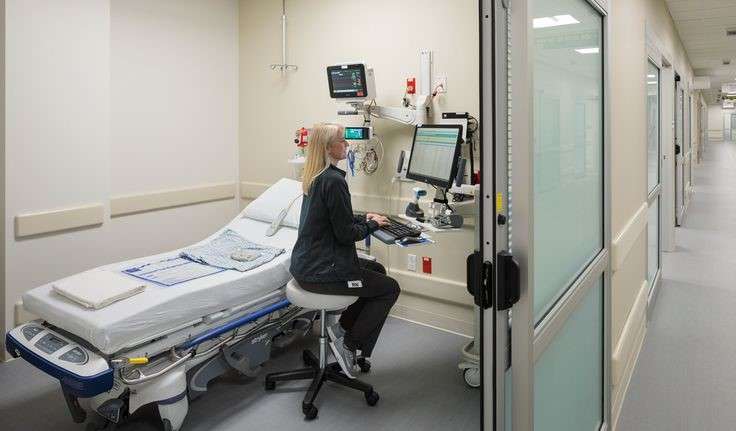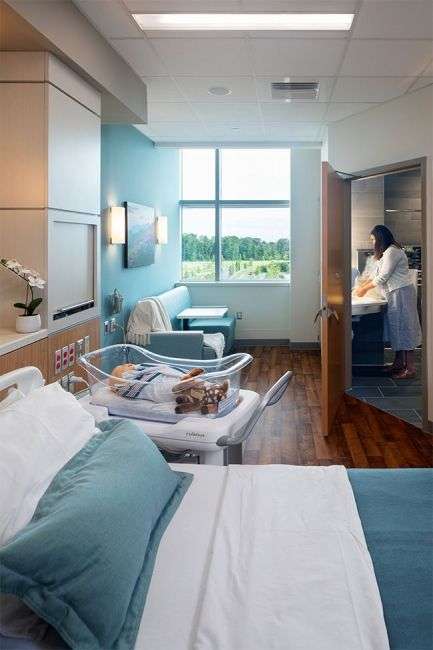
Why Hospertz is the Best Choice for Disaster-Resilient Healthcare Design
October 10, 2024
Smart Lighting: Shedding Light on Better Healthcare Experiences!
October 14, 2024In today’s healthcare world, the experience of patients is more important than ever. To create spaces that truly meet patient needs, many architects and consultants are using patient-centric design tools. These tools help design healthcare environments that focus on patient comfort and flow. In this blog, we’ll explore these tools, their features, benefits, and how they’re shaping the future of healthcare design.
What Are Patient-Centric Design Tools?
Specialized software prioritizes the needs of patients and healthcare staff in patient-centric design. They help designers create spaces that are not only functional but also supportive and welcoming.
Key Features of Patient-Centric Design Tools
- 1. User Experience Focus: These tools gather data on how patients and staff use spaces, helping designers better understand their needs.
- 2. Flow Optimization: They visualize how patients move through a facility, making it easier to identify and fix potential bottlenecks.
- 3. Space Utilization Analysis: The tools analyze how different areas are used, ensuring spaces are designed to minimize unnecessary travel and enhance comfort.
- 4. Customization Options: Designers can experiment with layouts and materials to create environments tailored to patient needs.
- 5. Stakeholder Involvement: These tools allow for input from patients and staff, ensuring diverse perspectives are considered.
- 6. Visualization and Prototyping: Features like 3D modeling and virtual reality let stakeholders experience designs before they are built, enabling real-time feedback.
- 7. Healthcare Standards Compliance: Many tools are aligned with regulations, ensuring that designs meet necessary guidelines.

Benefits of Patient-Centric Design
- 1. Enhanced Patient Experience: Focusing on patient needs creates a more welcoming environment, reducing anxiety and increasing satisfaction.
- 2. Improved Efficiency: Optimizing patient flow and space reduces wait times and improves overall operations.
- 3. Better Health Outcomes: Well-designed spaces can lead to quicker recovery times and more positive health experiences.
- 4. Increased Staff Satisfaction: Thoughtful designs improve workflows, making work less stressful and more satisfying for healthcare staff.
- 5. Cost-Effectiveness: Investing in smart design can save money in the long run by reducing inefficiencies and renovation needs.

The Future of Healthcare Design
As patient experience becomes a priority, the role of patient-centric design tools will grow. These tools help create healthcare spaces that support better care and foster comfort.
Conclusion
Patient-centric design tools are transforming the healthcare design of facilities. By focusing on the needs of patients and staff, these tools, therefore, help create environments that enhance care and, consequently, improve overall satisfaction. Embracing patient-centric principles is essential for building healthcare facilities that truly support patients and their health journeys.


